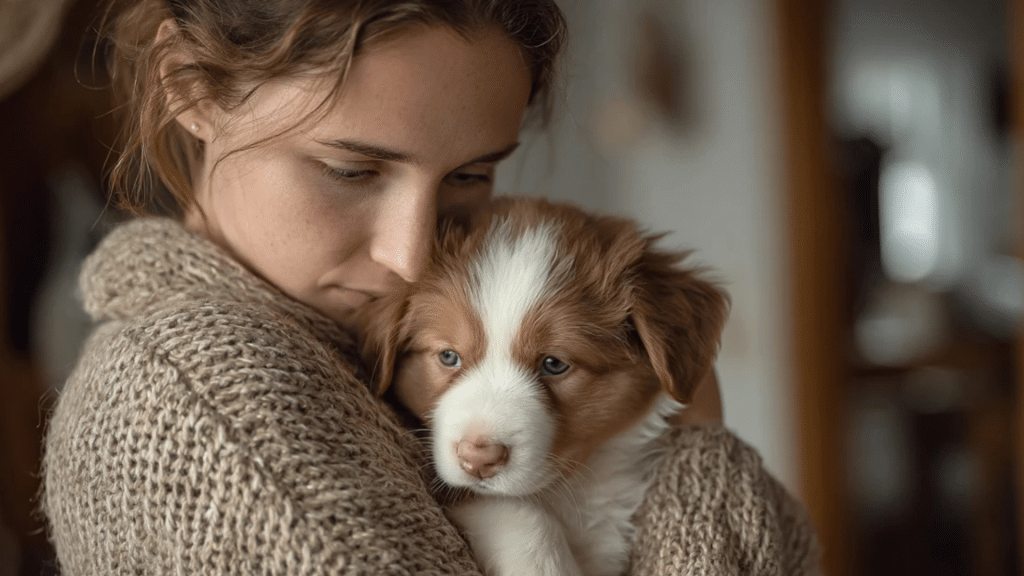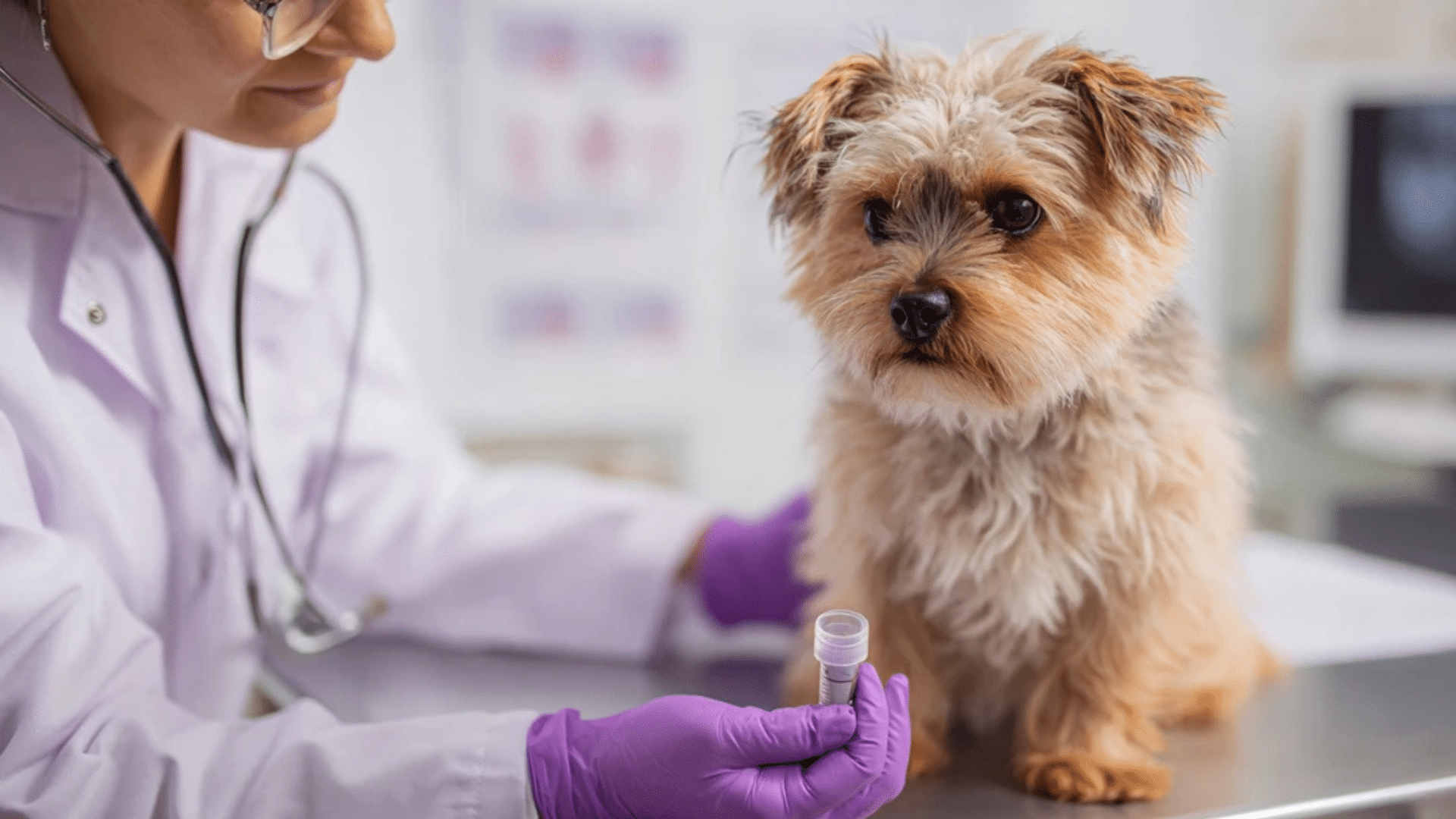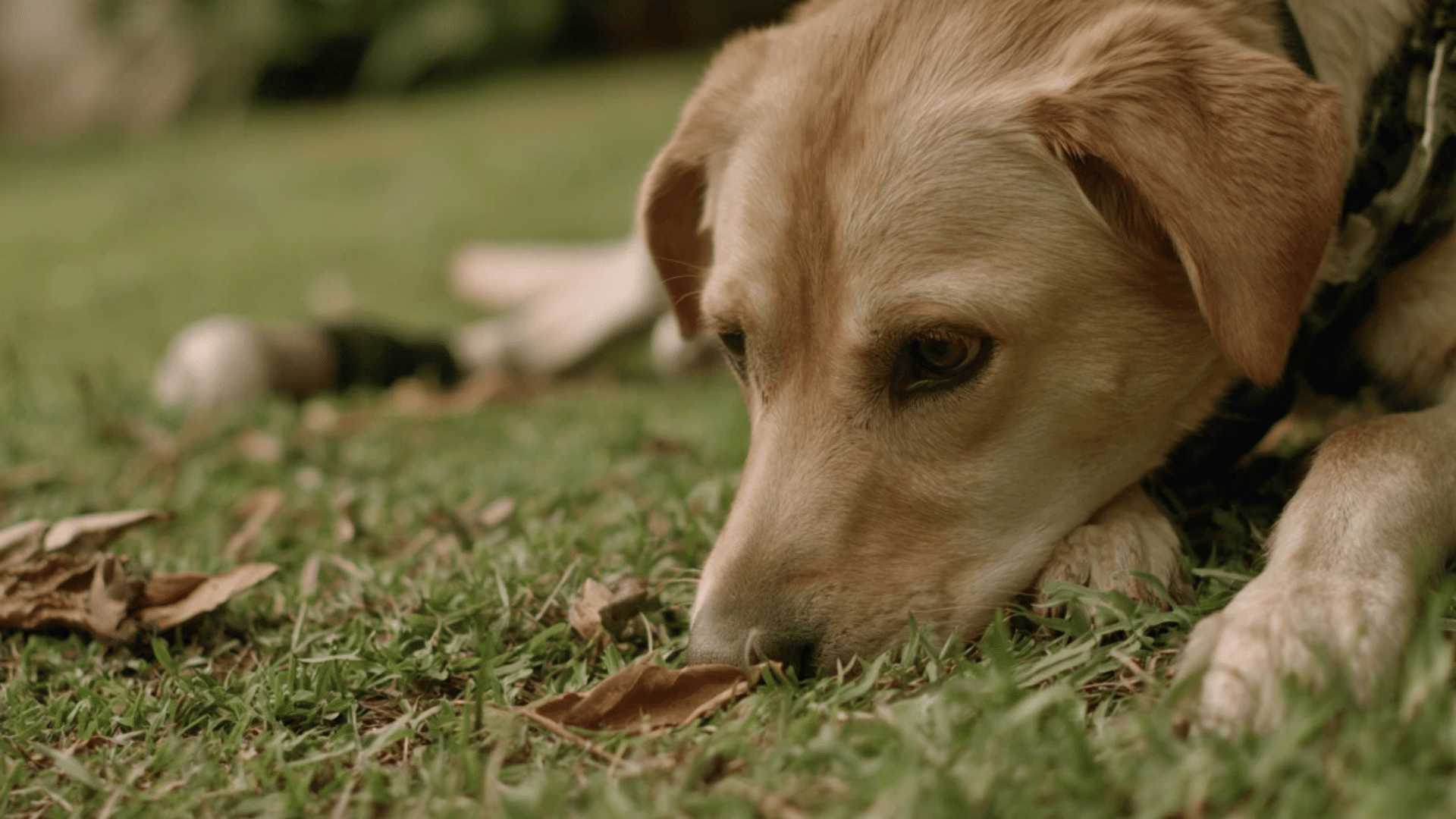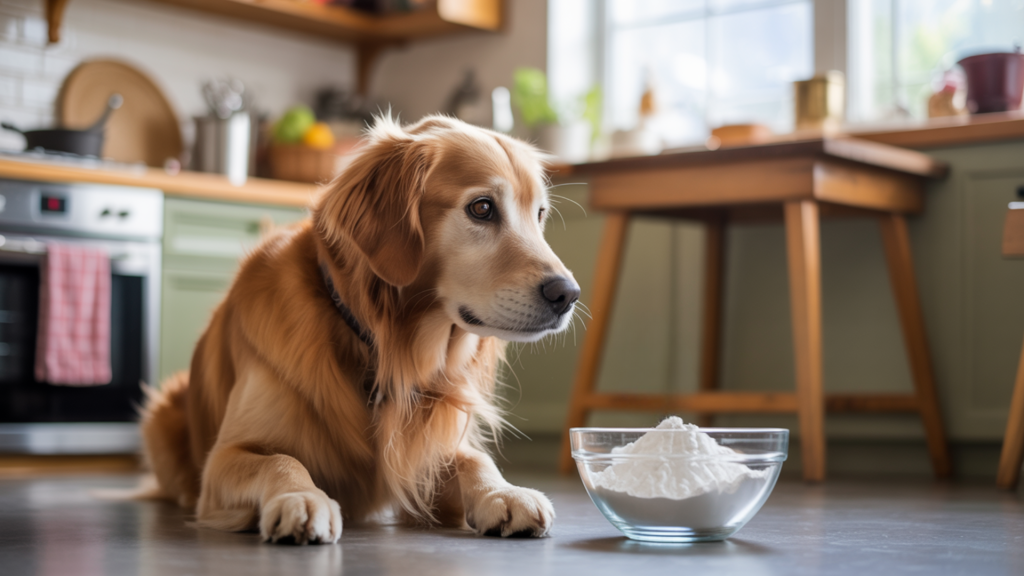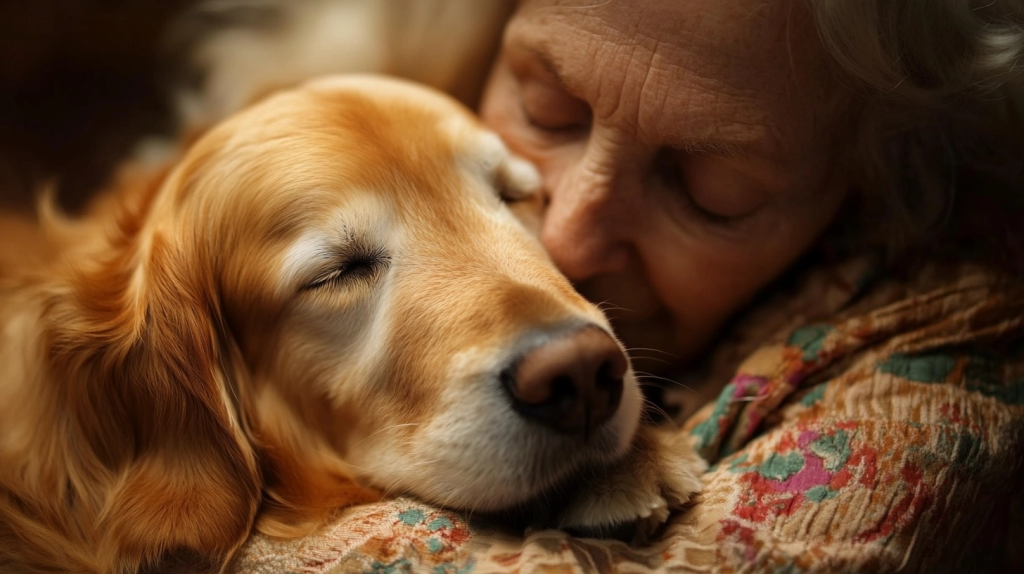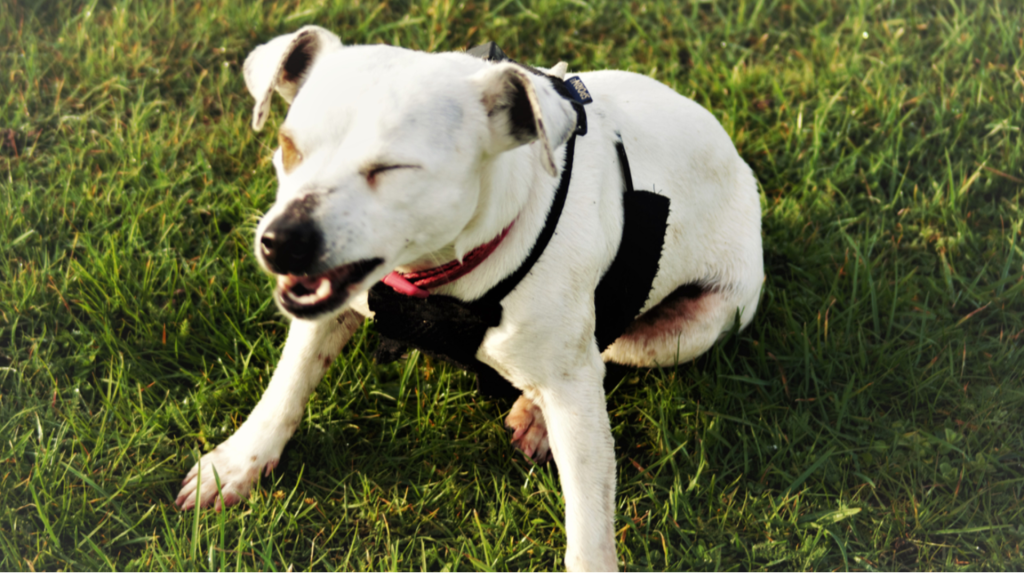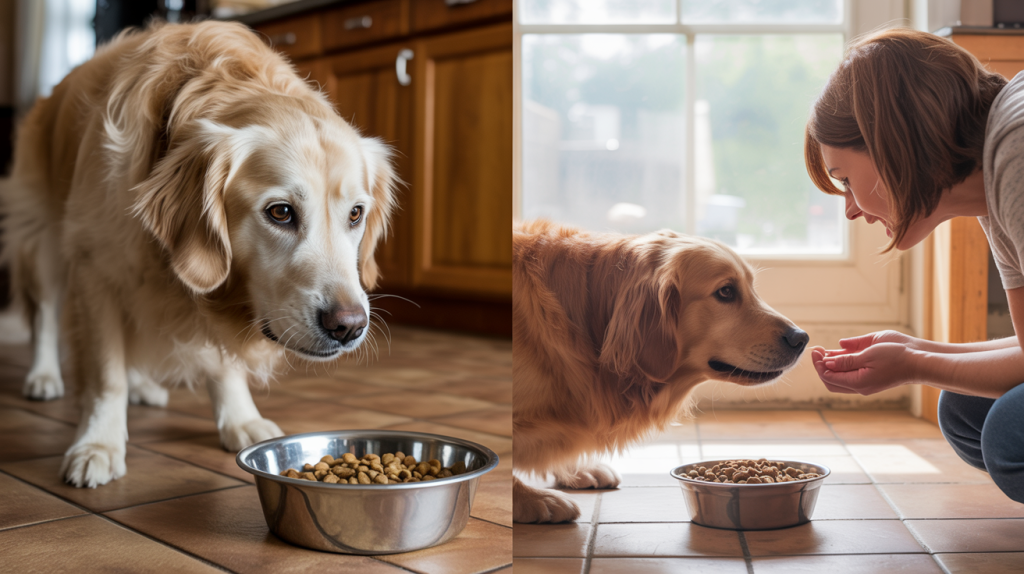Your dog has diarrhea, and you’re worried. Is it just an upset tummy, or something serious? Every pet parent faces this stressful guessing game.
This will help you know exactly when to take dog to vet for diarrhea, so you can stop second-guessing at 2 AM. You’ll learn the difference between wait-and-see situations and true emergencies that need immediate care.
This blog covers red flag symptoms, plus warning signs that mean “vet visit today.” You’ll also find out which mild cases you can safely manage at home with simple remedies.
What to Know About Dog Diarrhea
Dog diarrhea means your pup has loose, watery poop instead of normal, solid stools. It happens when food moves too fast through their gut.
The intestines don’t have time to absorb water properly. Many things can cause this problem. Your dog might have eaten something bad, like garbage or spoiled food.
Sometimes it’s from sudden diet changes or stress. Parasites, infections, and allergies can also trigger diarrhea.
Even eating too much or too fast can upset their stomach. Most cases clear up in a day or two. But if it lasts longer or has blood, call your vet right away.
Common Causes (Mild to Moderate)
Several things can upset your dog’s stomach and cause diarrhea. Some are minor issues that pass quickly, while others need vet care. Here are the most common reasons your pup might have loose stools:
- Dietary Changes: Switching foods too fast or trying new treats
- Table Scraps: Fatty, spicy, or rich human food that dogs can’t handle
- Garbage Eating: Getting into trash or eating spoiled food
- Food Allergies: Reactions to ingredients like chicken, beef, or grains
- Parasites: Worms, Giardia, or other tiny bugs in the gut
- Stress: Moving homes, new pets, or loud noises
- Infections: Bacterial or viral bugs like parvovirus
- Overeating: Too much food or eating too quickly
- Toxic Foods: Chocolate, grapes, onions, or xylitol
- Medications: Antibiotics or other drugs that upset the stomach
Serious Causes That Require Vet Attention
The conditions below can be life-threatening and require immediate veterinary evaluation and treatment:
| Condition | Description |
|---|---|
| Parvovirus | Highly contagious viral infection causing severe vomiting, bloody diarrhea, and dehydration. |
| Intestinal blockage | Caused by swallowing non-digestible items (toys, socks, bones), blocking the food passage. Leads to pain, vomiting, and risk of intestinal rupture. |
| Hemorrhagic gastroenteritis (HGE) | Suddenly, severe bloody diarrhea and vomiting. It can cause dangerous dehydration and shock within hours. |
| Severe bacterial or viral infections | Infections like Salmonella, Campylobacter, or distemper damage the digestive tract, cause systemic illness, and may spread to others. |
| Pancreatitis | Inflammation of the pancreas, often from fatty foods. Causes abdominal pain, vomiting, diarrhea; can be chronic or fatal, untreated. |
| Chronic digestive diseases | Long-term issues like IBD, certain cancers, or liver/kidney disease leading to persistent diarrhea, and needing ongoing management. |
Warning Signs: When Diarrhea Becomes an Emergency
If you’re wondering when to take dog to vet for diarrhea, watch for the signs below. These can indicate your dog having diarrhea is a serious emergency needing immediate care.
1. Lasts More Than 24–48 Hours
Diarrhea that goes on for more than a day or two isn’t just uncomfortable; it can quickly drain your dog’s fluids and electrolytes.
In some cases, the cause could be an underlying infection, parasite, or other serious illness that won’t resolve on its own. Early veterinary intervention can prevent the problem from escalating into a dangerous emergency.
2. Blood in Stool
Bright red streaks in the stool usually indicate fresh bleeding from the lower digestive tract, while black, tar-like stools suggest older blood from higher up.
Both can signal issues ranging from severe inflammation to ulcers or internal injury. Any blood in your dog’s stool should be considered abnormal and checked by a vet.
3. Vomiting Alongside Diarrhea
When diarrhea is paired with vomiting, the risk of dehydration skyrockets, sometimes within hours. This combination is common in serious conditions like parvovirus, poisoning, or pancreatitis.
Because fluids and nutrients are being lost from both ends, your dog may decline rapidly without prompt treatment.
4. Lethargy or Collapse
If your dog seems unusually tired, unresponsive, or collapses, it’s a strong sign that their body is struggling.
This can happen when dehydration, infection, or internal bleeding affects circulation and organ function. Sudden lethargy in combination with diarrhea always warrants an emergency trip to the vet.
5. Not Eating or Drinking
Skipping a single meal might not be alarming, but refusing food and water altogether signals something more serious.
This often points to nausea, pain, or a systemic illness that’s affecting appetite. Without proper hydration, a dog with diarrhea can deteriorate very quickly.
6. Signs of Dehydration
Check your dog’s gums; they should be moist and pink, not dry or sticky. Sunken eyes or skin that stays “tented” when gently pulled are also key dehydration indicators.
Since diarrhea flushes fluids out rapidly, dehydration can become severe in a matter of hours, especially in smaller or younger dogs.
7. Severe Pain or Bloated Belly
A tense, distended abdomen or obvious signs of pain like whining, restlessness, or guarding their belly could mean a blockage, twisted stomach, or internal injury.
These are critical situations that can worsen quickly and require immediate veterinary intervention to prevent life-threatening complications.
8. High-Risk Dogs Affected
Puppies, senior dogs, and those with chronic illnesses like kidney or heart disease are far less resilient when faced with fluid loss or infection.
What might be mild for a healthy adult dog can become life-threatening for them in hours. Always err on the side of caution with these vulnerable pets.
What to Do if Your Dog Has Mild Diarrhea
If diarrhea is mild, lasts less than 24 hours, and your dog is bright, eating, drinking, and acting normally, you can usually monitor at home.
Always ensure fresh water is available, and for adult dogs, withhold food for 12–24 hours before reintroducing a bland diet like boiled chicken and rice.
Check hydration by examining gums and skin elasticity, and collect a stool sample if you do end up visiting the vet.
Avoid giving over-the-counter anti-diarrheal medicines unless your vet instructs you. Keep your dog calm, stress-free, and in a clean, dry environment, and seek veterinary care immediately if symptoms worsen.
What to Expect at the Vet
Below are the common steps your vet may take to diagnose the cause of diarrhea and provide the right treatment for your dog.
1. History & Symptom Review
The vet will ask about your dog’s recent diet, behavior changes, duration of diarrhea, and any possible toxin or foreign object ingestion.
2. Physical Examination
Checking hydration status, abdominal tenderness, temperature, and overall health.
3. Diagnostic Tests
- Stool analysis to detect parasites, bacteria, or viruses
- Blood tests to check for infection, organ function, or systemic illness
- Imaging (X-ray or ultrasound) if intestinal blockage or internal issues are suspected
4. Treatment Options
- Fluid therapy (IV or subcutaneous) to correct dehydration
- Medications for infection, inflammation, or parasites
- Prescription diets to soothe and heal the digestive tract
5. Hospitalization (if needed)
For severe cases requiring intensive monitoring, ongoing fluids, and round-the-clock care.
Prevention Tips
Here are important ways to keep your dog’s digestive system healthy and lower the chances of diarrhea. These simple tips can help avoid emergencies and keep your pet comfortable:
- Transition diets gradually: Switch foods over 7–10 days to give the digestive system time to adjust.
- Keep trash and harmful foods out of reach: Prevent your dog from eating spoiled food, bones, or toxic items.
- Maintain vaccinations: Protect against diseases like parvovirus that can cause life-threatening diarrhea.
- Use regular parasite prevention: Monthly treatments stop worms and other intestinal parasites before they cause issues.
- Avoid sudden diet changes or fatty treats: Keep meals consistent to reduce the risk of digestive upset.
- Reduce stress and maintain routine: A calm, predictable environment helps prevent stress-related diarrhea.
The Bottom Line
No more panic when your dog gets the runs! You’ve learned which signs mean “rush to the vet” and which ones can wait.
Blood, vomiting, or a tired dog means go now. A happy pup with mild diarrhea? You can watch them at home for a day. Knowing when to take dog to vet for diarrhea helps you act fast when it matters most.
Save this post on your phone for those scary moments. Also, remember those prevention tips I shared. Keep trash locked up. Change foods slowly. Stay on top of worm medicine. These simple steps prevent most tummy troubles before they start.
Has this helped ease your worries about doggy tummy troubles? Share your experience below!

